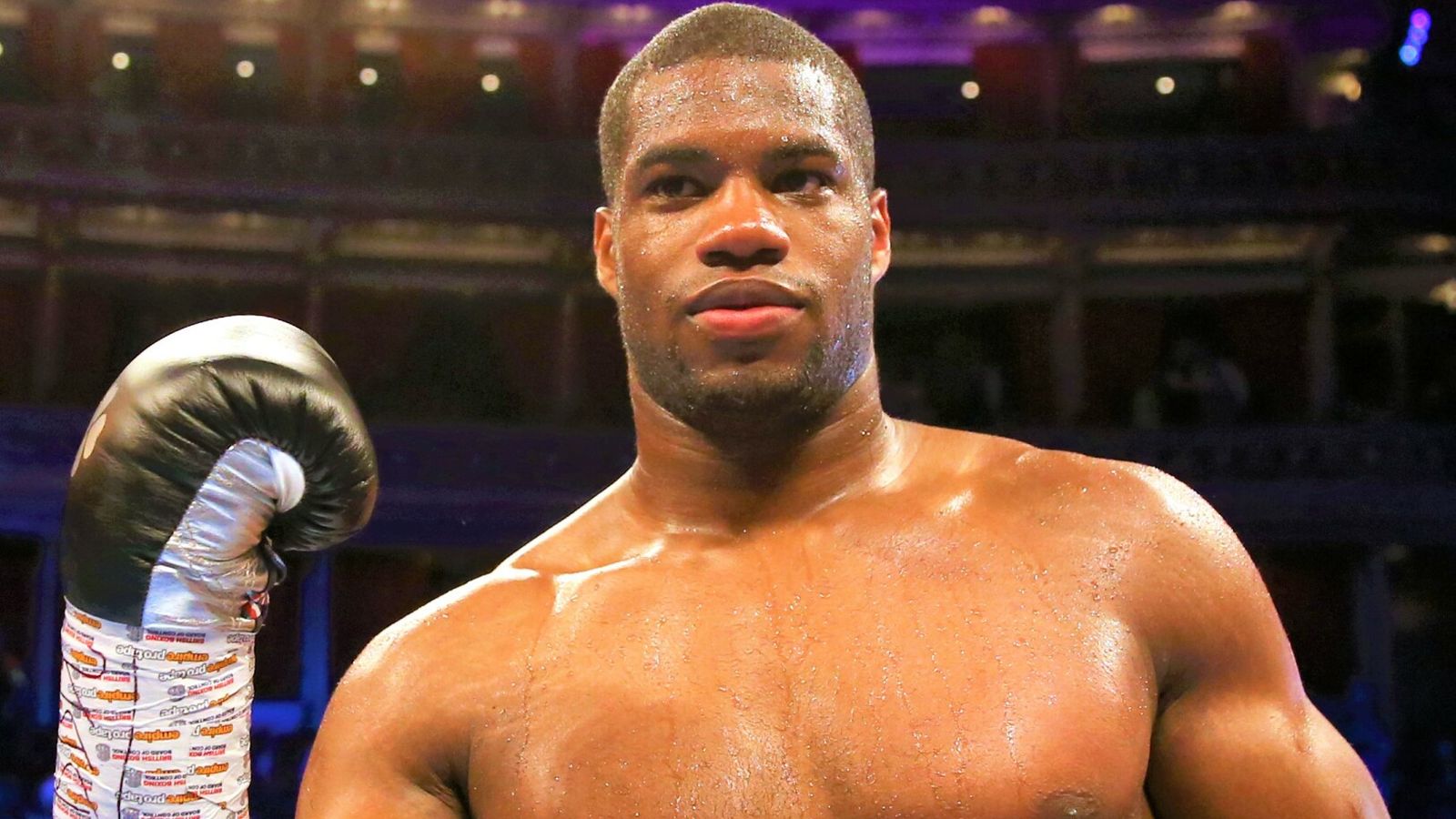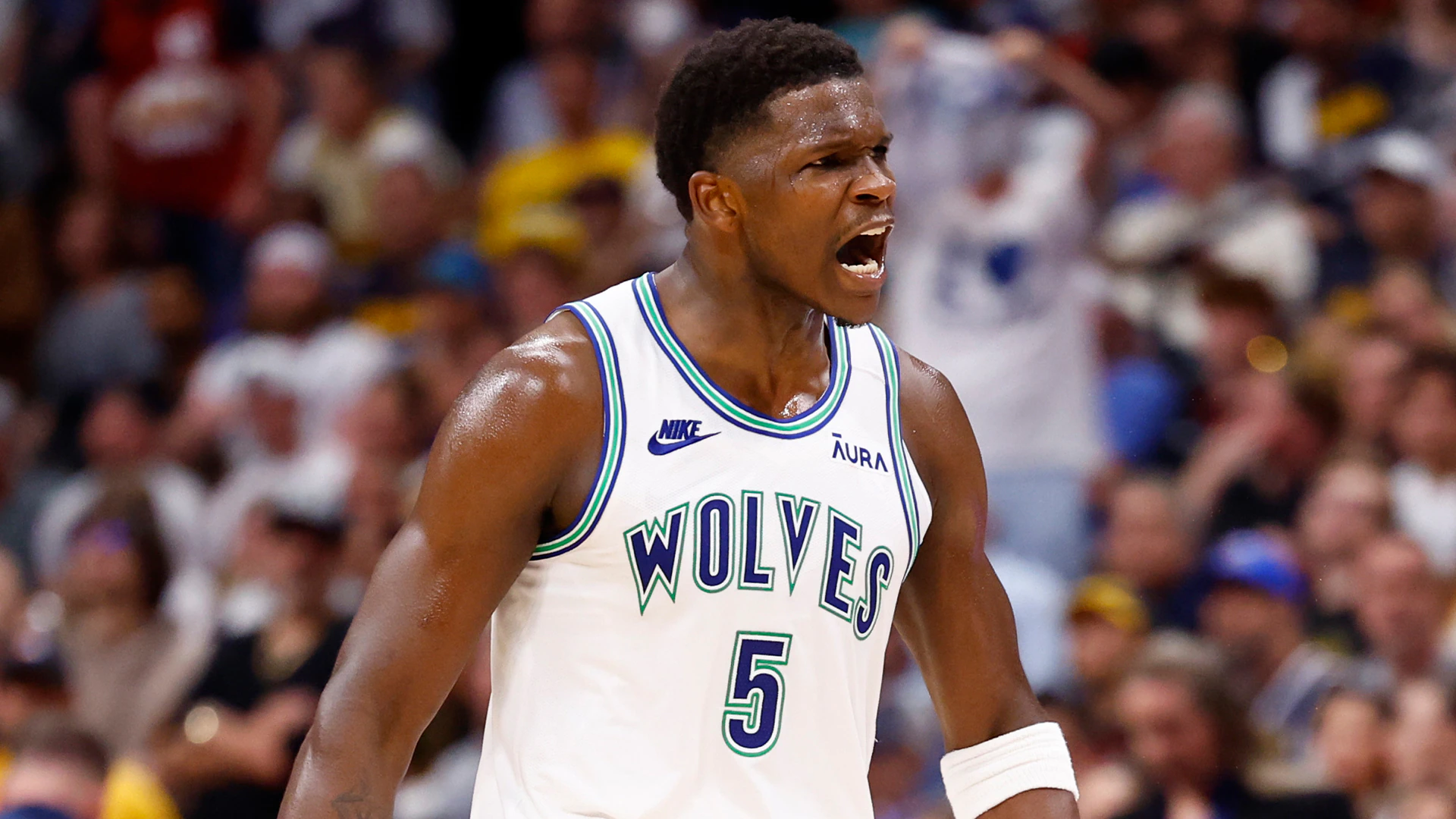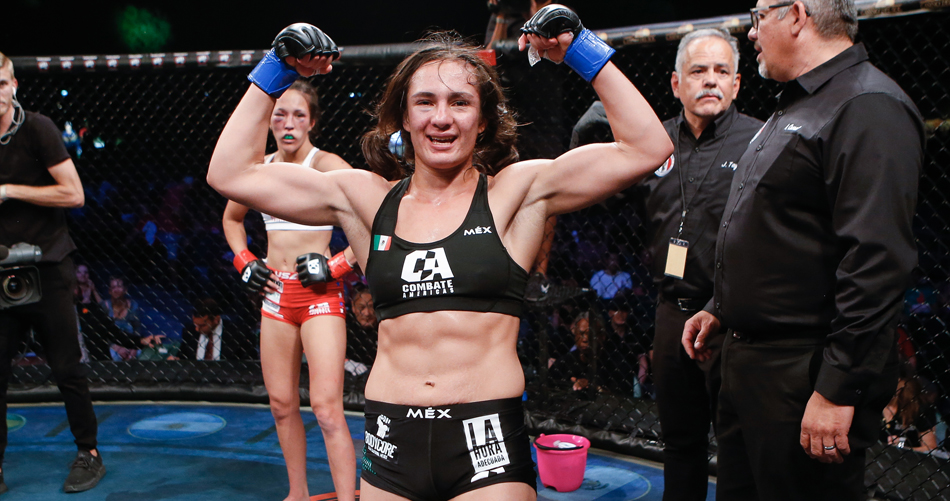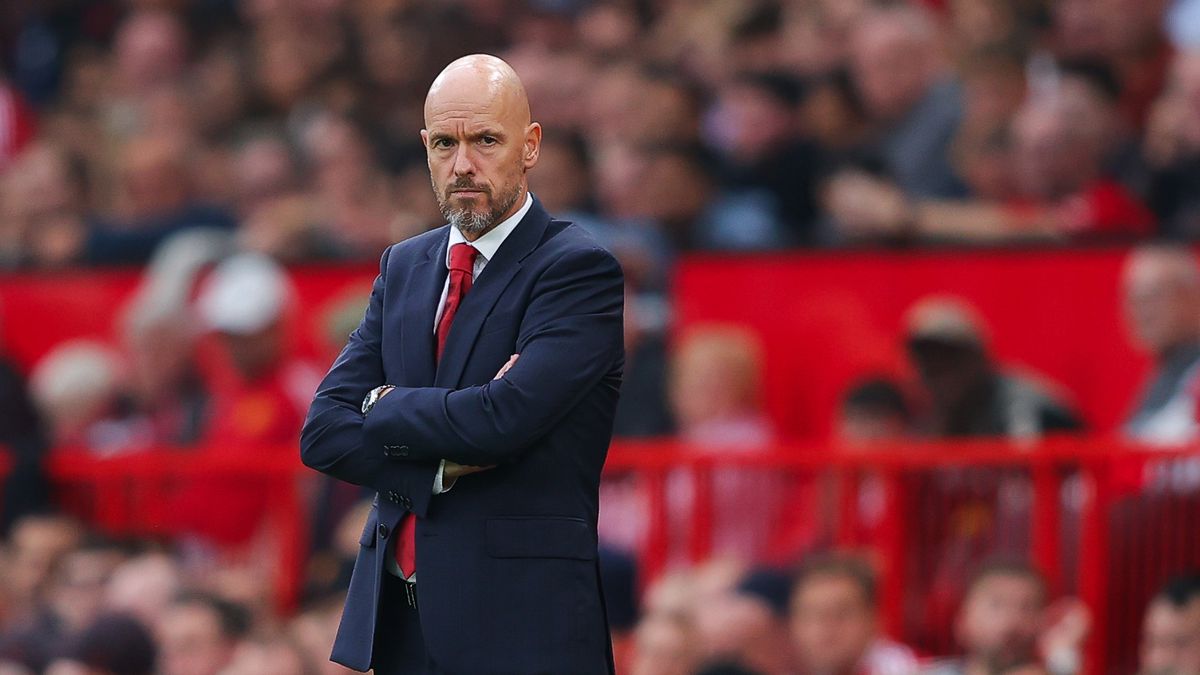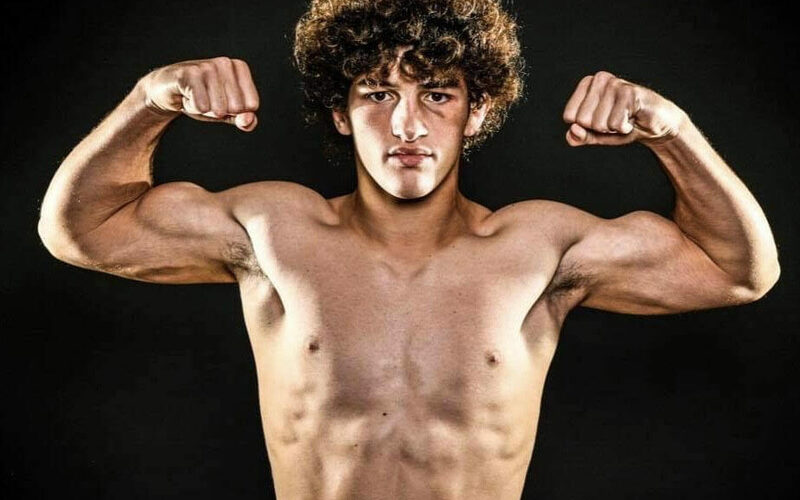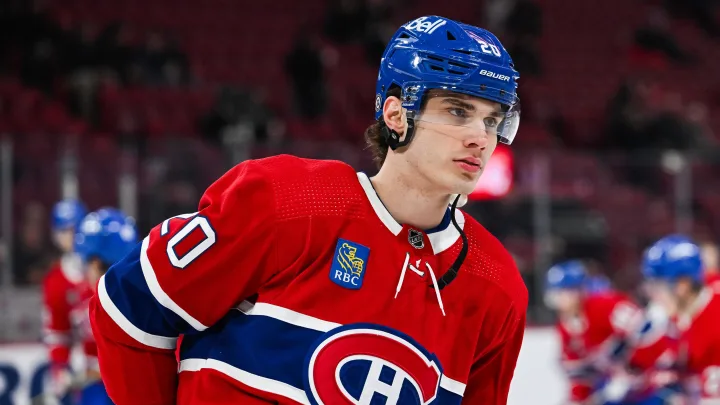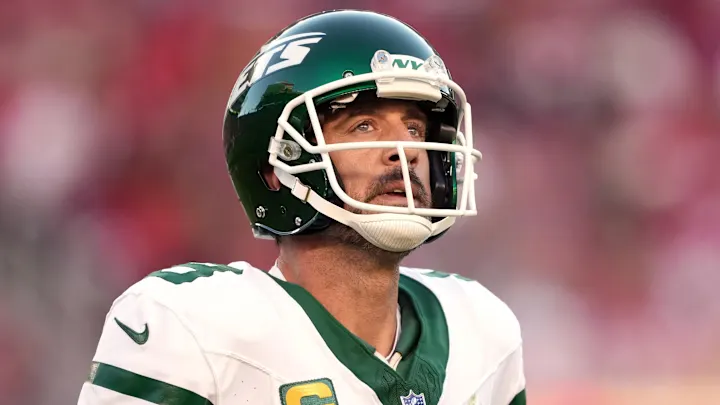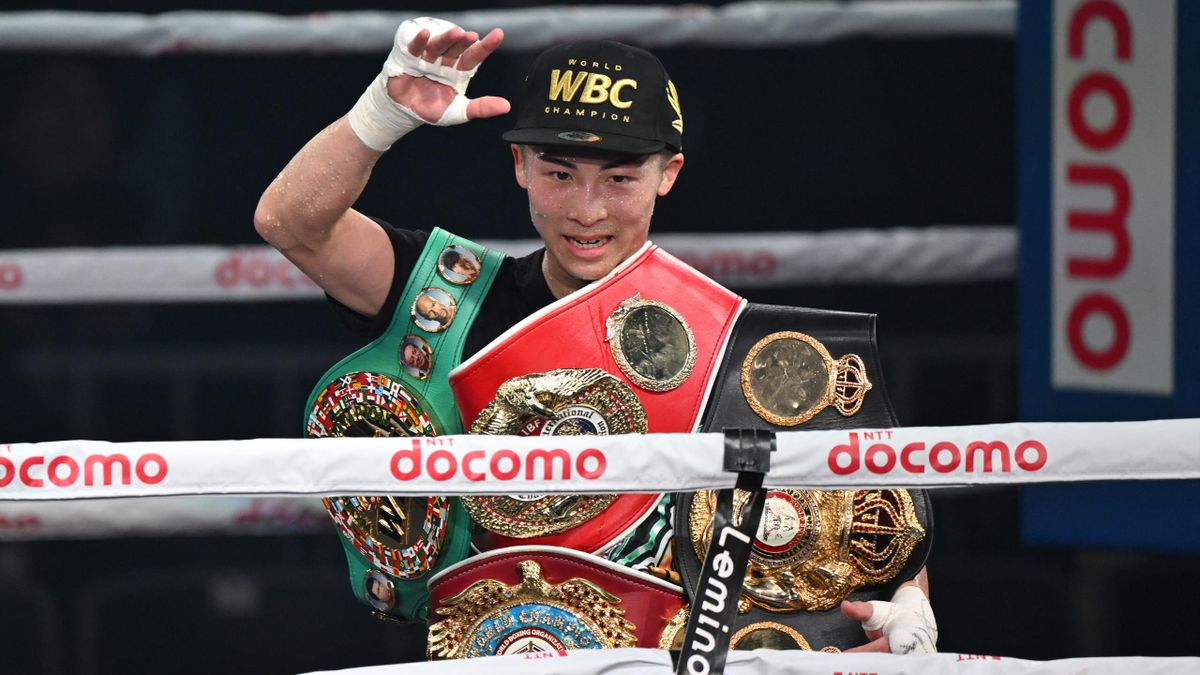RICHARD TORREZ JR. BLENDS UNEXPECTED MULTITUDES WITH HIS HEAVY HANDS
Situated midway between California’s central coast and the Sierra Nevada mountains, roughly an hour’s drive along Route 99 to Fresno and Bakersfield, lies Tulare, a low-slung urban oasis nestled amid San Joaquin Valley’s orange groves, alfalfa fields and dairy farms. It’s hardly the first place you’d go searching for America’s next great heavyweight hope.
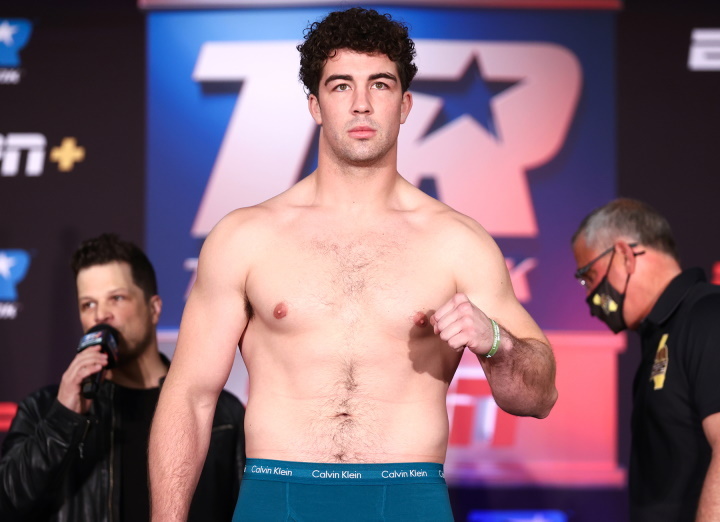
But, then, Richard Torrez Jr. is full of surprises.
Torrez, who is set to fight Joey Dawejko on Friday in Glendale, Arizona, on the undercard of Jaime Munguia-Erik Bazinyan, checks plenty of the usual boxes of an upwardly mobile U.S. boxing prospect. He’s a California kid with Mexican roots who comes from a fighting family that includes his grandfather Manuel, a former southwest Golden Gloves champion, and father Richard Sr., who reached the quarter-finals of the 1984 U.S. Olympic trials and now coaches his son. After Torrez won bronze at the 2019 Pan Am Games and silver at the 2020 Olympics – his run was halted by Uzbekistan’s Bakhodir Jalolov, then a professional, in the final – he ended a wildly successful amateur career (154-10) to turn pro in 2021, signing a deal with Top Rank.
Yet in most ways, Torrez (10-0, 10 KOs) is about as conventional as a bolo punch. He’s a southpaw – literally un-orthodox – who has few progenitors of Hispanic heritage in the heavyweight division. And rather than resembling the endomorphic Andy Ruiz Jr. or Cris Arreola, Torrez – at 6ft 2ins and a chiseled 230lbs – is built more like cruiserweight-turned-heavyweight-champion Oleksandr Usyk. He bangs – as evidenced by his 100 per cent KO rate – but Torrez is more fit than most in the division, a fact reflected in his light feet and prodigious punch volume.
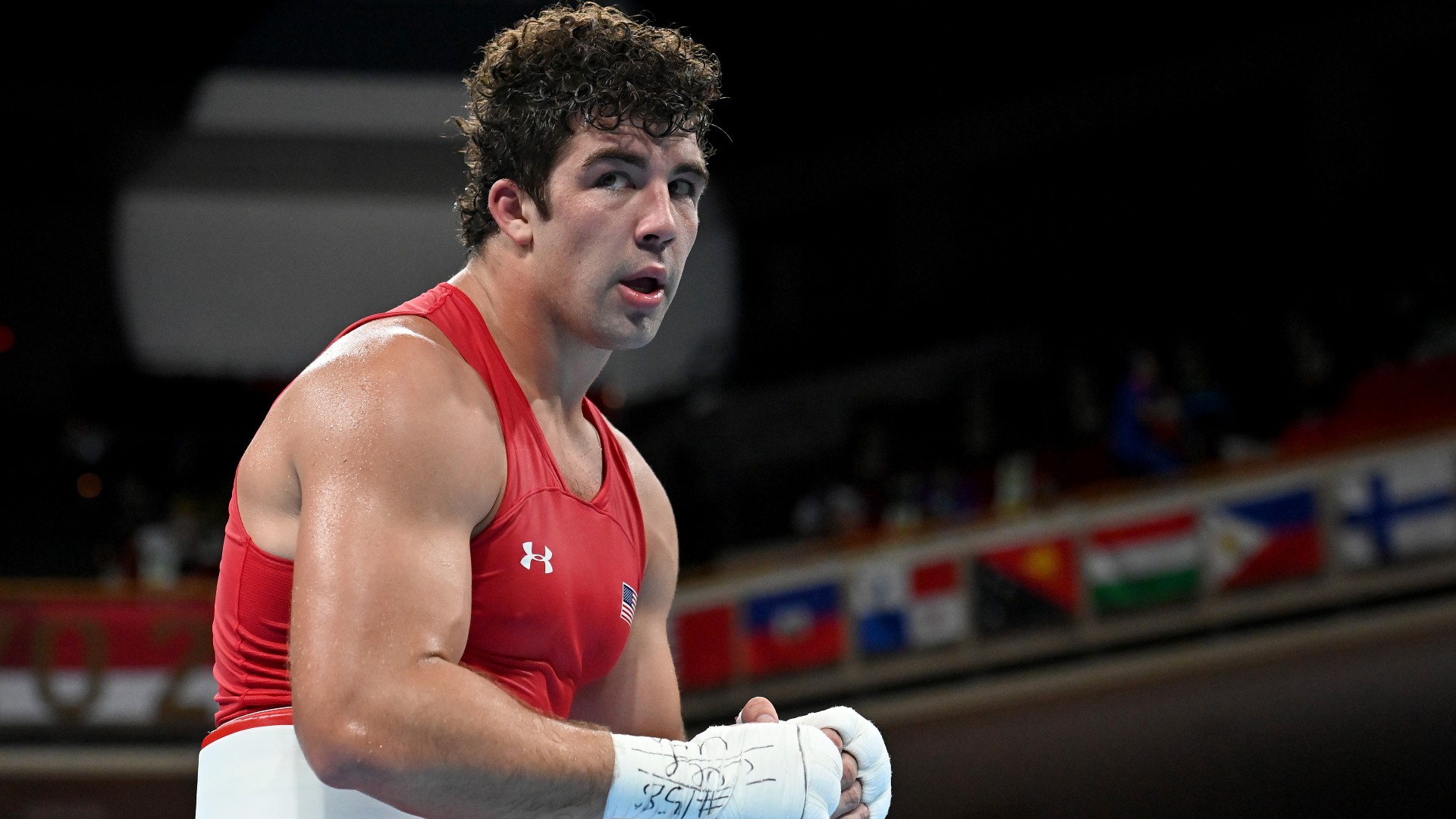
And that footwork? It isn’t developed only on the ring canvas, but also on the floorboards of the stage and dance studio. At the College of the Sequoias in nearby Visalia, Torrez is burning through the school’s dance offerings – including ballet, jazz, tap and salsa – and recently added another new dimension to his training.
“I started taking a tap dance class again, and I incorporated a tennis class as well because my dad and a couple other coaches at the local community college say that tennis mimics boxing a lot, trying to get around the ball and cutting off angles on your opponents,” Torrez told BoxingScene. “And I have seen a lot of similarities in that, so I added that to my repertoire as well.”
Fighters are feted for their laser-like focus and dedication to the grind; less so when it comes to cultivating a diversity of interests and following their bliss. But Torrez has a curious mind that he’s thankful was given free reign to explore by his parents.
“Like, when I was a kid, I wasn’t just a boxer,” Torrez said. “You know, you get a lot of these boxers that their parents only let them box and nothing else. It’s the only thing, and they burn out a little bit. I played football, basketball and track. I was in the engineering program. I’m in the philosophy club, still. I was in chess club. I was in robotics. Like, my parents really let me try to find my niche, and boxing was always just kind of like a constant – and it just turned out that boxing was my niche, as well. You know, I’ve always loved it. It’s been a part of who I am, and it just kind of stuck with me even after that.”
Torrez isn’t shy about sharing his erudite side, and he has cheerily admitted to preferring the company of “nerds” over jocks. It seems the closest he has come to the sort of trouble often associated with boxing culture is the occasion when he and his robotics buddies were busted for trying to make rocket fuel. And although he can pluck insights and hone certain skills from some of his extracurriculars to be applied in the ring, Torrez isn’t especially calculating about the endgame. Rather than a dyed-in-the-wool fighter, he’s more of a student of the world who, for the moment, happens to be majoring in boxing.
“In a lot of these endeavors, with school and different areas that I find interesting, I think it allows me to rest my mind in boxing while still bettering myself for boxing,” he said. “I don’t have to think about boxing too much, but it’ll still prepare me in the ring.”
Torrez says he’s noticing growth there, particularly in his adjustment from the amateurs to the pros – and not only in his adapting to the contrasts in style and the greater number of rounds, but also in navigating the chaos and commitments that come with bigger crowds, more fans, blocks of interviews and sponsorship obligations. Predictably, he views the Dawejko fight as another learning experience.
“Dawejko, he’s really good at countering,” Torrez said. “He likes to kind of sit back and wait for you to throw – like, after you throw, to come back with a shot, one or two shots. And he’s pretty good at conserving his energy. So he’ll only plunge [ahead] when he needs to. And so going in there, I’m looking forward to just using my conditioning, because I feel like no matter what, you get into those later rounds, it’s gonna be hard for any of those big guys to stay with me – just because of how hard I work in my training camps.”
Ten fights into his pro career, Torrez is probably another 10 away from proving whether he has both the skill and the sand to hold up the top of the heavyweight division after the pillars Usyk, Tyson Fury and Anthony Joshua have ambled off into retirement. But in the meantime, he’s already thinking about his next adventure outside the ring.
“I want to see the Northern Lights,” Torrez said. “I want to go light hunting, man. I went to Iceland a little bit after the Olympics, and I missed the Northern Lights by one day. So I heard that they kind of started showing out in September, and so maybe Sweden or Iceland again.”


